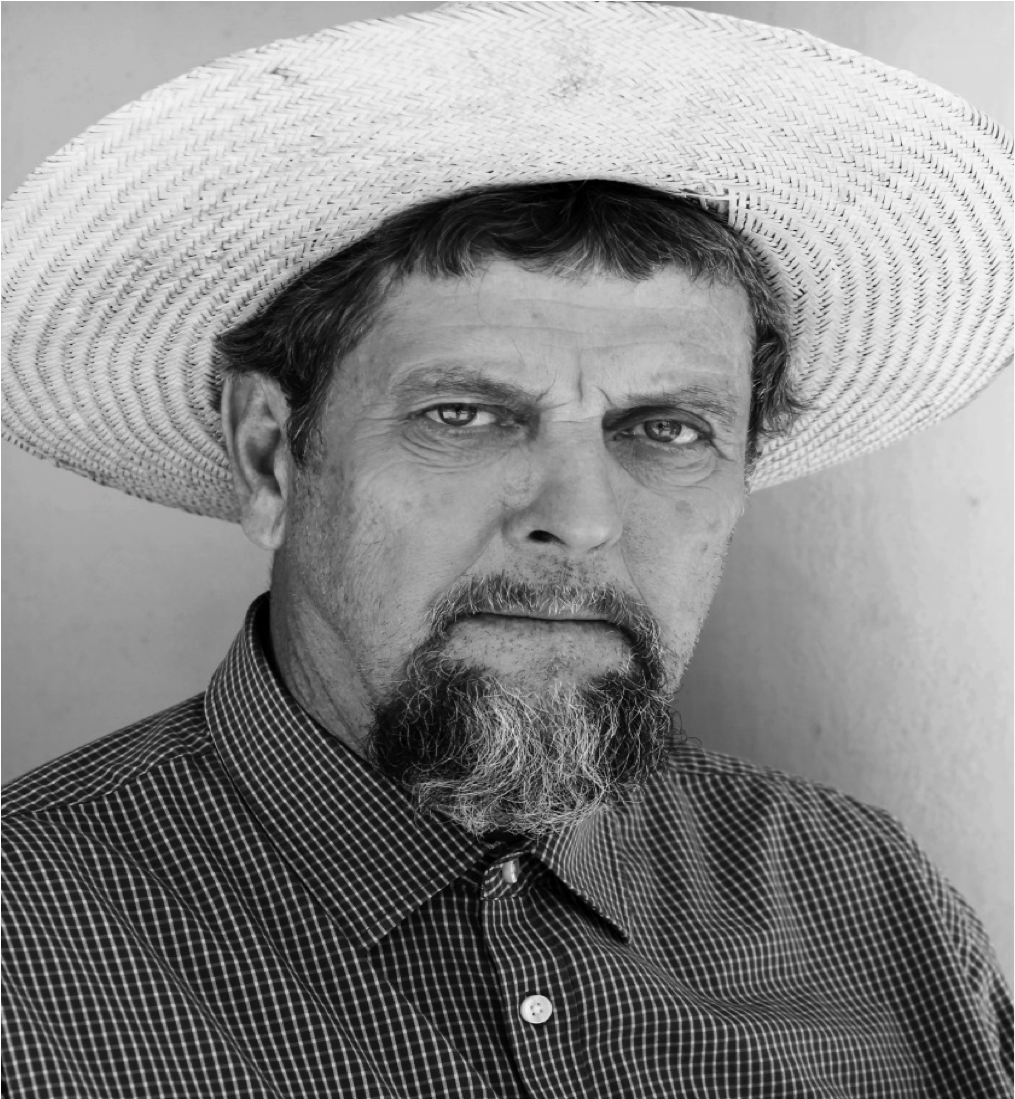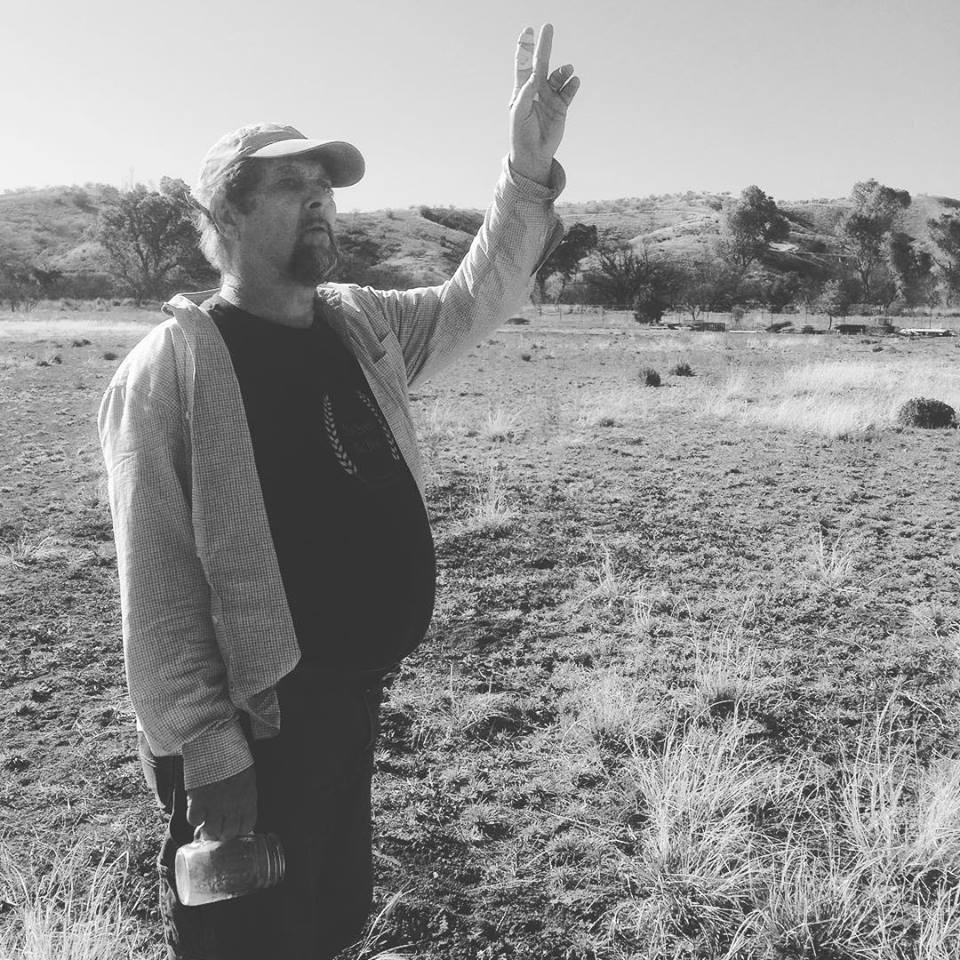Ethnobiology as the Unifying Theory of All Things Biocultural - Interview with Gary Nabhan
Ethnobiology as the Unifying Theory of All Things Biocultural - Interview with Gary Nabhan
An interview with Gary Paul Nabhan, editor of the newly-released book, Ethnobiology for the Future, from the University of Arizona Press.
 Beginning in autumn of 2016, Gary Nabhan will use his role as Distinguished Ethnobiologist of the year to go on a barnstorming tour of U.S., Mexican and Canadian campuses to recruit new members for the Society. Society members have already helped him arrange six lectures in the Southeast regarding his new anthology, Ethnobiology for the Future, released at the annual conference in Tucson; all royalties from the book will go into a fund to support indigenous students’ attendance to future conferences. Here’s a brief interview with Gary about the content of the new book and its associated lecture tour:
Beginning in autumn of 2016, Gary Nabhan will use his role as Distinguished Ethnobiologist of the year to go on a barnstorming tour of U.S., Mexican and Canadian campuses to recruit new members for the Society. Society members have already helped him arrange six lectures in the Southeast regarding his new anthology, Ethnobiology for the Future, released at the annual conference in Tucson; all royalties from the book will go into a fund to support indigenous students’ attendance to future conferences. Here’s a brief interview with Gary about the content of the new book and its associated lecture tour:
Q: What motivated you to put together this anthology on how ethnobiologists are exploring the links between cultural and ecological diversity?
Gary: I’ve been engaged in cross-cultural research and education through the inter-discipline of ethnobiology for exactly 40 years. Over that time period, we’ve witnessed a dramatic loss of species diversity, habitat heterogeneity, cultural diversity and its associated indigenous languages on a global scale. I’ve sensed that we must do more than merely document losses and their consequences; we must safeguard-- if not restore-- to their proper places as the remaining “intangible living treasures” of this world. I believed that ethnobiologists can and must play key roles in guiding such restorative processes before it is too late.
Q: How so?
Gary: We are participants in a century-old tradition of valuing both “indigenous knowledge” about the natural world and “western” scientific knowledge. We surf on the cusp of this wave, this tension zone, which in turn has begun to decolonize our scientific inquiries. We have a “both/and” approach to appreciating and valuing plants, animals and habitats rather than an “either/or” attitude. As such, ethnobiologists are bridges between different ways of knowing, rather than builders of exclusive and impenetrable silos.
Q. How is such a bridge-building approach exemplified in your anthology?
Gary: Many of the chapters have been collaboratively researched and co-written with talented voices from other cultures---Dine, O’odham , Comcaac, Yoeme, German, Swedish, and Mexican, to name a few---and from other disciplines—geography, ecology, genetics, linguistics, regional planning, conservation biology, agronomy, political economy, archaeology, culinary arts, environmental education and folklore. In building these collaborations, some of us had to shed our earlier assumptions or bias, and be humbled by the insights that other perspectives offer us with regard to biocomplexity.
Q. You set a forward-thinking tone in your introduction, “Letter to Young Ethnobiologists,” and your dedication of the book to two dozen of your former students and interns. What prompted you to speak of your hope in and gratitude for the next generation of scholars, activists and educators in such a direct manner?
Gary: I sense that there is both amazing talent and strong ethical commitments in this next generation of ethnobiologists for dealing with the complex issues involving the issues of how climate change is affecting both biological and cultural diversity. I am hopeful that this next generation of ethnobiologists will be more capable and more earnest in their efforts to integrate social and biological sciences with traditional knowledge than my own generation has been able to do. I am humbled by their capacity and grateful for their courage to do so.
Q. You speak of the need for a unifying theory of how biological diversity and cultural diversity interact in space and time as the driver of future ethnobiological inquiries. What would that look like?
Gary: Well, first let me explain what it would not be. It would not be a simplistic attempt at borrowing evolutionary theory from biology in a manner that tries to explain every cultural behavior, ritual or practice through the theory of natural selection. It would synthesize advances from linguistics and cognitive science, anthropology, geography, ecology and genetics for a broader consilience than what E.O. Wilson put forth. But it would also encourage us to integrate knowledge from indigenous cosmologies, not just from Western or Eastern scientific traditions. My point is that ethnobiologists have been working in such ecotones for decades, and therefore have something unique to offer other sciences, not just the other way around.


Q. The book’s most peculiar chapter is entitled “The Ethnobiology of Survival in Post-Apocalyptic Dystopias.” In this essay, you and Jim Veteto explore the novels and films of futuristic science fiction. What inspired you to consider such a tangent?
G: Simply put, we wondered what might happen to various cultures’ relationship to nature if there are flaws in the logical-positivist assumption that technology and fossil fuels will keep our industrialized food system and economy from deteriorating. We are not arguing, as Jared Diamond did, that a collapse is imminent. We are reading the profound ethnobiological insights of science fiction writers for their capacity to help us survive in an uncertain future. Jim and I were also pointing out that there are many fun and inspiring genres of writing that contribute to the communication of ethnobiological principles in addition to scholarly, technical prose. Compelling narratives are often more memorable and integrative in the way they treat biocultural complexity that expository, didactic prose can ever be. In short, we wish to encourage ethnobiologists to reach out through many cultural and artistic forms of expression rather than enclosing scholarly writing as if it is the one “pure” means of expressing our identity, insights and values as ethnobiologists. We need to renew our capacity as storytellers around the campfires and kitchen hearths of this world!
Gary Paul Nabhan GRAND SOUTHEAST BOOK TOUR, October 2016
Organizers: Cissy Fowler, Wofford (fowlerct@wofford.edu; cell 803-237-3330) and Gail Wagner, USC (gail.wagner@sc.edu; cell 803-318-2458)

Institutions visited where talks given (contact persons):
Appalachian State University (a committee, indirectly through Jim Veteto, jrveteto@email.wcu.edu)
College of Charleston (John Rashford, rashfordj@cofc.edu)
Duke (Dr. Norman Wirzba, indirectly through Lisa Forehand, lisa_forehand@ncsu.edu and Nancy Creamer, nancy_creamer@ncsu.edu)
Emory (Cassy Quave, cassy.quave@gmail.com)
North Carolina State University (Lisa Forehand and Nancy Creamer, see above under Duke)
University of Georgia (Dorinda Dallmeyer until August, dorindad@uga.edu; August and after Julie Runk, julievr@uga.edu)
University of South Carolina-Columbia (Gail Wagner, gail.wagner@sc.edu)
Western Carolina University (Jim Veteto, jrveteto@email.wcu.edu)
Wofford (Cissy Fowler, fowlerct@wofford.edu)
